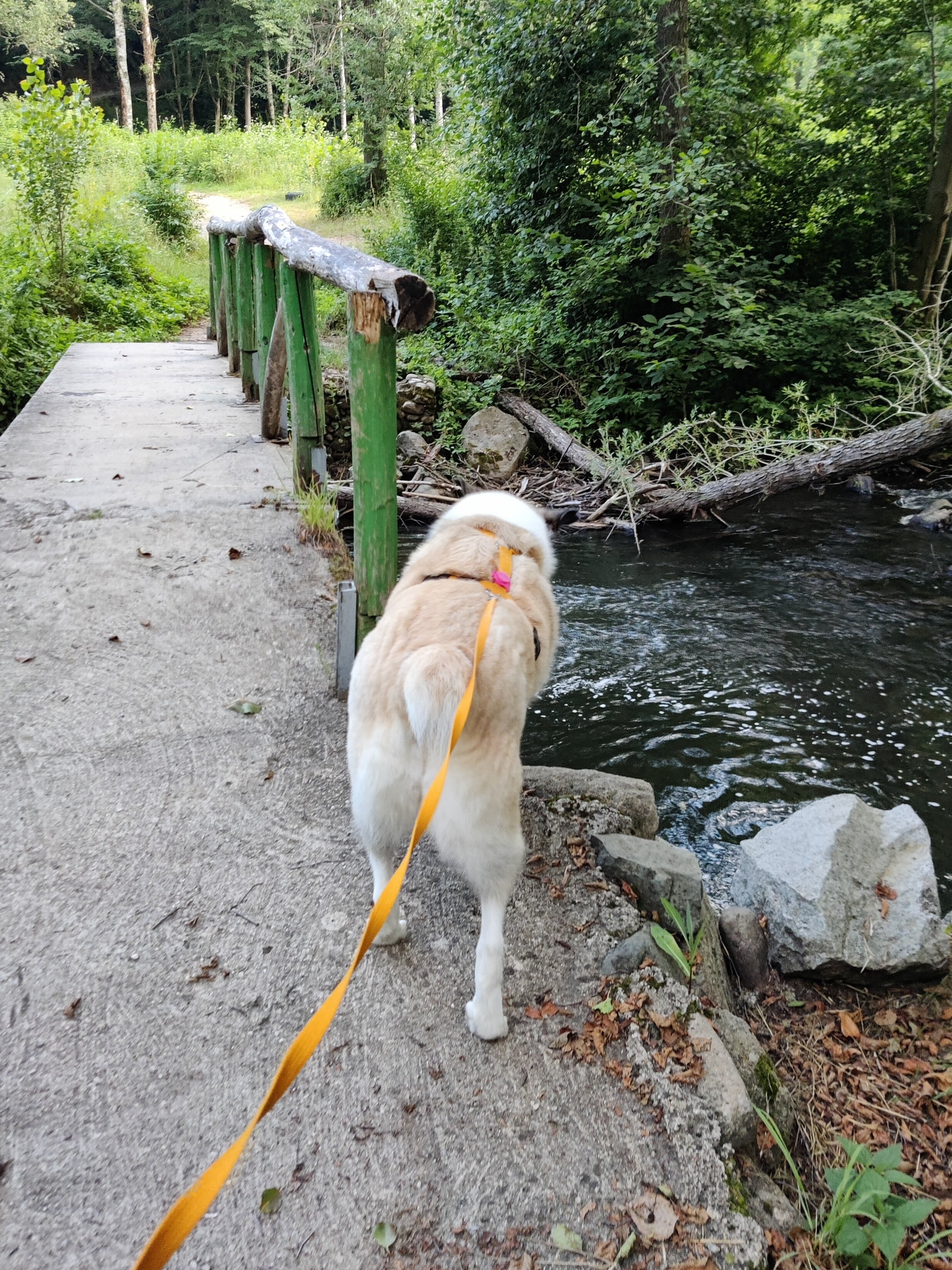Freedom and Choice
Day after day we decide almost everything about the life of our dogs. We are often afraid of allowing them to make choices for themselves.
However, dogs are sentient beings and letting them make safe choices holds a lot of benefits. Some of these are:
Building confidence - making a decision is difficult but it feels so good! Confident individuals are more resilient to stress, therefore they can handle difficult situations better. They also quickly learn to make good decisions.
Benefit from exercise - a study* on rats has shown that forced exercise holds less benefit than exercises which rats chose to engage in on their own. Think about jogging with your dog. How much of it is based on the dog's free will?
We also wrote about it here.Sense of safety - knowing there is a choice to opt out of an unpleasant or scary situation increases the sense of safety in a dog's life. The sense of safety is absolutely crucial for wellbeing. You can find more information here.
Learning - when given a choice, dogs learn better. For example, allowing your young puppy to observe people in the park from a distance with a long loose leash is a good learning opportunity. The puppy can choose to approach or not. Compare it with forcing a startled puppy to walk near unfamiliar people on a short leash. How do these two puppies feel? What are they learning about the world and their place in it?
Giving our dogs choices is not only ethical, it brings many behavioral benefits and helps us avoid or overcome behavioral issues. So how do we introduce choices into our dog's everyday life? Here are some easy and practical ideas on what we can do during walks:
Using a long leash (minimum 3 meters / 10 feet) promotes free movement and allows enough space for the dog. Dogs feel safer with a longer leash since they can choose if to approach something or not, moving away if needed is much easier than on a short leash.
In the pictures you can see Heidi deciding whether to cross the bridge or not. Thanks to a long leash and her guardian giving her enough time, Heidi felt in control and eventually chose to walk across the bridge.
Allow your dog to choose the direction of the walk - they can surprise you and show you their favorite places.
Walk slowly and stop when your dog stops. An interesting study showed that dogs tend to follow our pace. When we slow down we can really understand what choice they would make. We wrote about it here.
Practice natural agility instead of forced exercise. You can learn more here.
Learn canine body language to understand when your dog is feeling uncomfortable. This will help you to stop and re-think the situation: what can you do to make your dog feel better? The book “On Talking Terms With Dogs: Calming Signals” by Turid Rugaas and The Silent Conversations website are great places to start.
*Griesbach et al 2012


